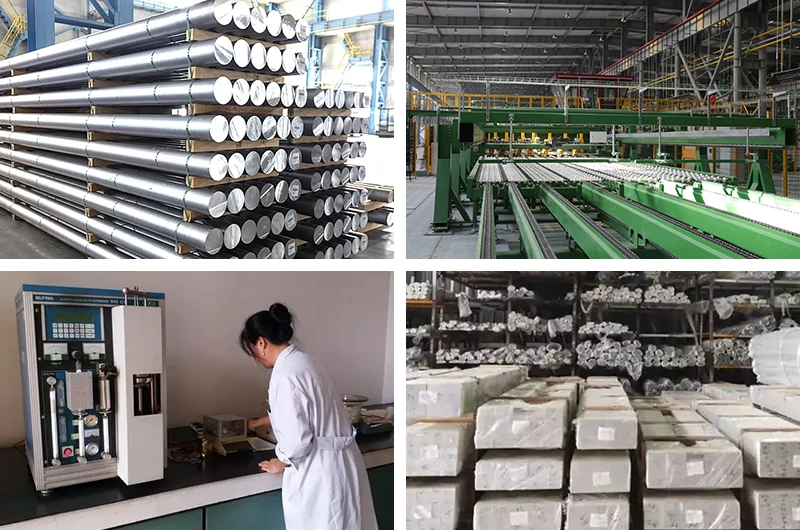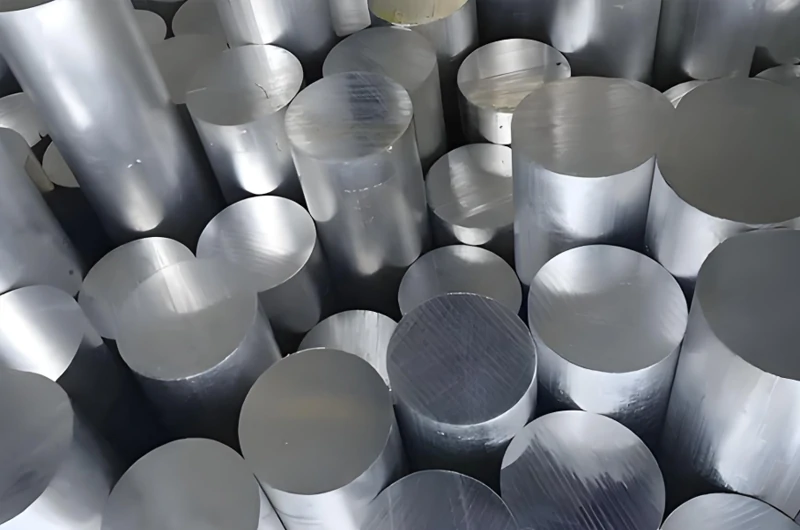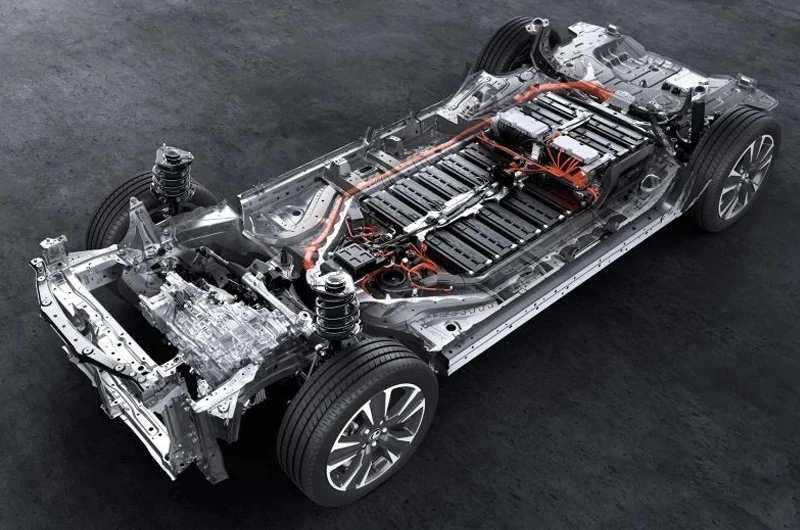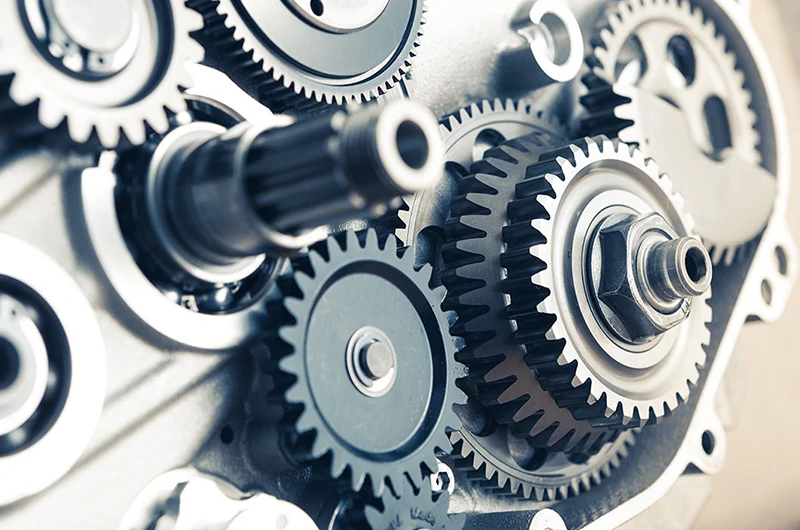Common sizes of 6018 aluminum bars
6018 aluminum bars are usually produced by extrusion process, and the common specifications and sizes are as follows:
| Alloy | Temper | OD(mm) | Length(mm) |
| 6018 | T6 | 50 | 4000 |
| 6018 | T6 | 60 | 5000 |
| 6018 | T6 | 70 | 5000 |
| 6018 | T6 | 80 | 5000 |
| 6018 | T6 | 100 | 6000 |
| 6018 | T6 | 120 | 6000 |
| 6018 | T6 | 150 | 6000 |
| 6018 | T6 | 180 | 6000 |
| 6018 | T6 | 200 | 6000 |
| 6018 | T6 | 250 | 6000 |
| 6018 | T6 | 300 | 6000 |
| 6018 | T6 | 320 | 6000 |
| 6018 | T6 | 350 | 6000 |
The specifications in this table are common standard sizes, suitable for a variety of application requirements in different fields. If you have special size requirements, you can contact the supplier for customization.
Characteristics of 6018 aluminum bar
Medium to high strength: 6018 aluminum bar has medium to high strength, excellent tensile and yield strength, and can withstand large loads. Its strength combined with lightweight characteristics makes it popular in applications such as automobiles, aerospace, etc. that have high requirements for strength and load-bearing capacity, and is suitable for manufacturing key components such as brackets and frames.
Good corrosion resistance: 6018 aluminum bar shows strong corrosion resistance in atmospheric and marine environments, and is suitable for use in exposure to humid or corrosive environments. In the fields of ships, outdoor equipment, etc., the use of this material can effectively prevent corrosion damage, extend service life and reduce maintenance costs, and is a representative of high-quality corrosion-resistant materials.
Excellent processability: 6018 aluminum bar has good machinability, suitable for common processes such as turning, milling, drilling, and performs well in CNC precision machining. After processing, the product has a high surface finish and stable dimensions, which is suitable for manufacturing parts that require precision and surface quality, such as mechanical parts and decorative accessories.
Weldability: The aluminum bar can be reliably welded by MIG and TIG welding methods, and can still maintain excellent mechanical properties after welding. Its weldability makes it suitable for structural parts that need to be spliced or reinforced, and it is an ideal material for assembling large structures in the engineering and construction fields.
Good heat treatment response: 6018 aluminum alloy can be heat treated to improve strength and hardness, especially after T6 treatment (quenching and artificial aging), the tensile strength and hardness are significantly improved. This feature enables it to provide better performance and extend service life in applications with higher strength requirements.
The main application areas of 6018 aluminum bars
Automobile manufacturing: 6018 aluminum bars are widely used in chassis, door reinforcements, structural components and other fields in automobile manufacturing due to their high strength and light weight.
Aerospace: In aircraft support structures, brackets and other components, 6018 aluminum bars show excellent strength and fatigue resistance.
Shipbuilding: Its corrosion resistance and lightweight structure make it used in ship handrails, brackets and other components.
Mechanical engineering: Used in mechanical equipment and parts that require high strength and durability, such as shafts, gears, supports, etc.
Chemical composition of 6018 aluminum bar
| Element | Composition % |
| Al | Remainder |
| Si | 0.5-1.2 |
| Fe | 0-0.7 |
| Cu | 0.15-0.4 |
| Pb | 0.4-1.2 |
| Mn | 0.3-0.8 |
| Mg | 0.6-1.2 |
| Cr | ≤0.1 |
| Zn | 0-03. |
| Ti | ≤0.2 |
| Bi | 0.4-0.7 |
Mechanical properties of 6018 aluminum bar
| Tensile strength | 290 - 300MPa |
| Yield strength | 220 – 230MPa |
| Elongation | 9.1% |
| Fatigue strength | 85-89MPa |
| Shear strength | 170 – 180MPa |
Surface treatment of 6018 aluminum bar
Anodizing: An oxide film is formed on the surface of the aluminum rod through electrochemical treatment to enhance corrosion resistance and wear resistance, and a variety of color options are available, making it suitable for outdoor or corrosive environments.
Electroplating: A layer of metal (such as nickel or chromium) is plated on the surface of the aluminum rod to improve the surface hardness, glossiness and corrosion resistance, suitable for applications with high requirements for beauty and durability.
Spraying: Spraying a protective coating or color layer on the surface to increase the beauty and weather resistance of the aluminum rod, suitable for decoration and construction fields.
Polishing: Removing surface roughness through mechanical or chemical methods to make the surface of the aluminum rod smoother, improve its beauty and touch, and is usually used in occasions with high requirements for appearance.
Sandblasting: Use high-speed sand flow to treat the surface of the aluminum rod to form a matte or rough effect, improve the adhesion of subsequent coatings, and give the aluminum rod a unique texture.
Quality inspection of 6018 aluminum bars
In order to ensure that the 6018 aluminum rods maintain high quality and safety during use, Mastar usually conducts strict quality inspections. Generally, quality inspections include the following aspects:
- Chemical composition inspection: The chemical composition of the 6018 aluminum alloy is inspected by a spectrometer to ensure that it meets international standards, such as ASTM or ISO standards, and that the element ratio meets the requirements.
- Mechanical property testing: The tensile strength, yield strength, elongation and other indicators of the 6018 aluminum rod are tested by tensile tests, hardness tests, etc. to ensure that the product has sufficient strength and toughness during use.
- Dimensional accuracy inspection: The key dimensions such as outer diameter and length are measured using precision measuring instruments to ensure that they meet the customer's tolerance requirements, especially in applications that require precise matching.
- Surface quality inspection: Through a combination of visual inspection and equipment inspection, the surface of the 6018 aluminum rod is inspected for cracks, pits, scratches or other defects to ensure the integrity and uniformity of the product appearance.
- Ultrasonic testing: Used to detect whether there are defects such as pores, cracks or inclusions inside the 6018 aluminum rod. Ultrasonic testing can reveal internal problems that cannot be seen by the naked eye and ensure the structural integrity of the material.
- Corrosion resistance test: Simulate the actual use environment and test the corrosion resistance of the material through salt spray test or corrosion resistance test to ensure its stability in long-term use in humid and corrosive environment.
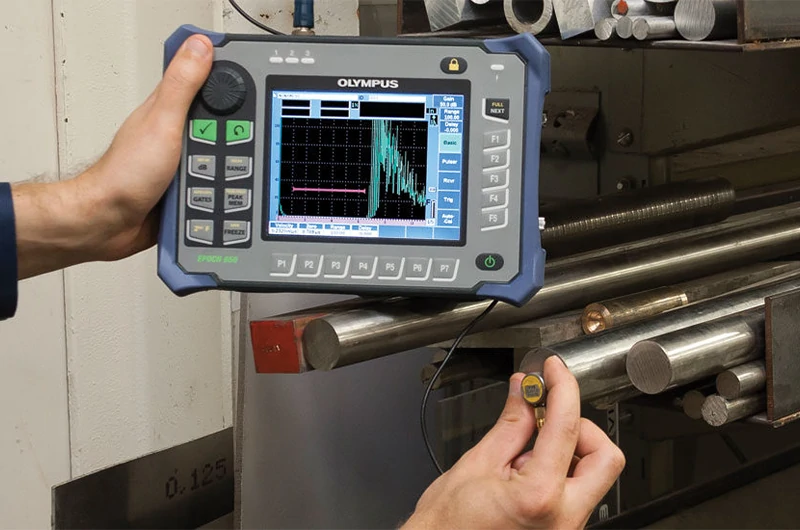
Things to note when purchasing 6018 aluminum bars
When purchasing 6018 aluminum bars, you need to pay attention to the following points:
Supplier Reputation: It is crucial to choose a supplier with good reputation and good reputation, especially in terms of quality and delivery. Make sure that the aluminum bars provided by the supplier meet the relevant industry standards and requirements.
Material and Specification: Choose the appropriate material and specification according to the specific application requirements. Different outer diameter, wall thickness, and length requirements need to be confirmed in advance.
Surface treatment: Choose the appropriate surface treatment method according to the use environment. For example, for marine environment or chemical industry applications, it may be necessary to choose anodized or spray-painted aluminum bars to improve corrosion resistance.
Balance between price and quality: Consider the balance between price and quality when purchasing. Although low-priced aluminum bars may attract attention, low-quality aluminum bars may affect the performance of the final product and even bring safety hazards.
Transportation and Installation: The transportation and installation of aluminum bars also need to be planned in advance to ensure safety during transportation and smooth installation.
Moisture and corrosion protection: 6018 aluminum bars should be kept away from moisture or acidic and alkaline substances to prevent oxidation corrosion. It is recommended to wrap them with plastic film or place them in a dry and ventilated place when storing.
Avoid collision: Aluminum is soft and easily dented by collision or extrusion. It is recommended to use a protective cover during transportation, or protect it with a wooden box or foam pad to prevent damage.
Temperature control: During storage and transportation, high temperature exposure or long-term exposure to extreme temperatures should be avoided to prevent changes in the material structure or discoloration of the surface coating.
